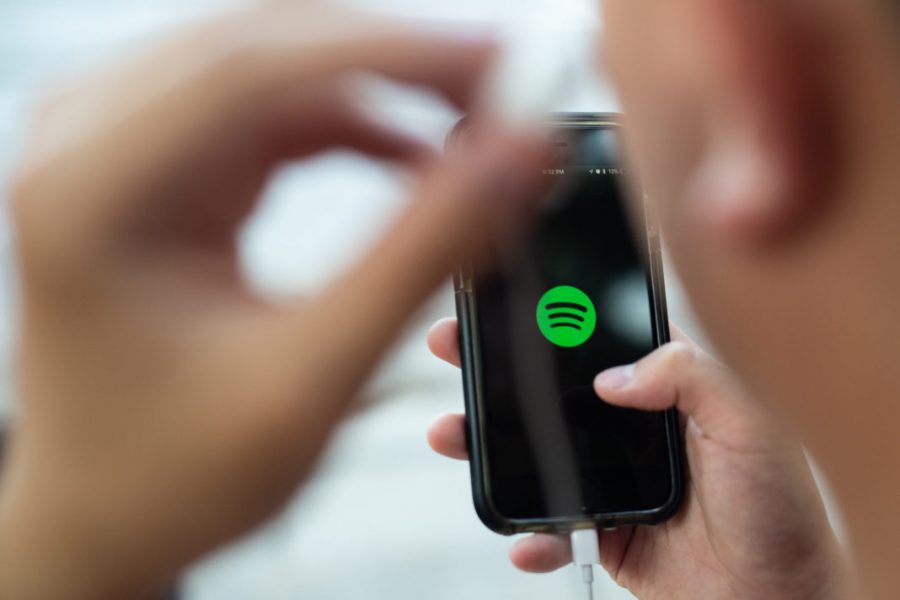There are millions of songs available on Spotify, a music streaming service. Spotify streams kaufen has a team of data scientists who are constantly working to improve the accuracy of the service’s recommendations. They recently published a blog post detailing how they flag suspicious streams.
The first step is identifying which streams are from bots or fake accounts. It is done by looking at factors such as the number of followers, the number of playlists, and the ratio of plays to skips.
Once suspicious streams have been identified, Spotify uses machine learning to group them. This grouping helps to improve the accuracy of the recommendations engine, as well as to help to identify new fake accounts and bots.
Spotify’s data scientists are constantly improving their methods for identifying fake accounts and bots.
- The benefits of this system
In recent years, music streaming services have become increasingly popular. One of the most well-known is Spotify. Spotify uses a system to flag suspicious streams, which has many benefits.

Firstly, flagging up suspicious streams helps protect the artist’s revenue. If an artist is streaming their music on Spotify and someone else is streaming it on a different account, the artist will not get paid for that second stream. This system ensures that artists are getting paid for all of their streams.
Secondly, it helps to ensure that the music industry is operating fairly. If some artists are being streamed more than others because of fraudulent activity, it will create an uneven playing field. This system ensures that all artists are being treated fairly. Lastly, it helps to protect the integrity of the music industry.
- The drawbacks of this system
Since its inception, Spotify has been flagging suspicious streams to prevent artists from artificially inflating their numbers. However, this system has several drawbacks.
First, determining whether a stream is truly suspicious is often tricky. It can lead to legitimate streams being flagged and removed, which hurts the artist’s reputation.
Second, the system is imperfect, and some suspect streams still slip through the cracks. It can lead to artists artificially inflating their numbers without being caught.
Finally, the system puts a lot of pressure on Spotify’s employees to monitor suspicious activity constantly. It can be a time-consuming and costly process for the company.
Conclusion:
Spotify streams kaufen offers two options for monetizing your music: ad-supported or premium. Ad-supported streams are free for listeners but generate revenue for Spotify through ads. Premium streams are subscription-based and generate revenue for both Spotify and the artist. Some artists have raised concerns about how Spotify flags up suspicious streams.











